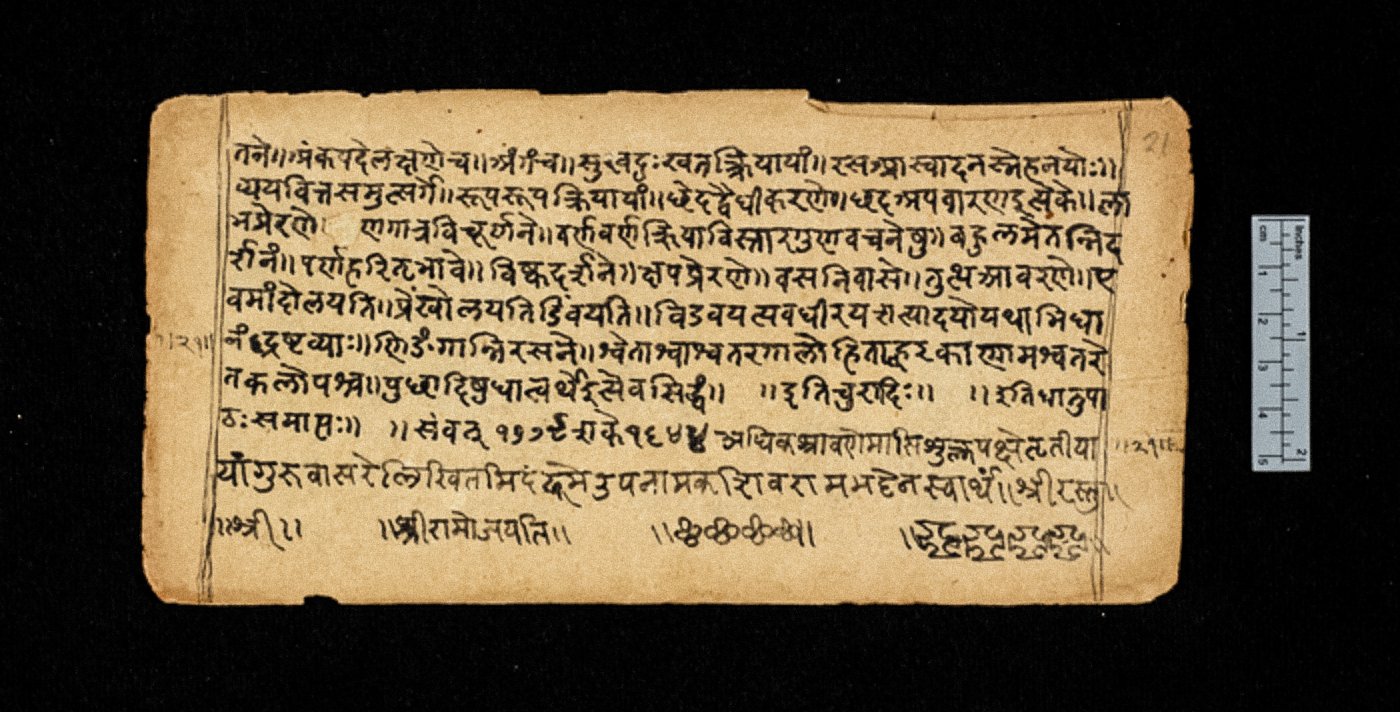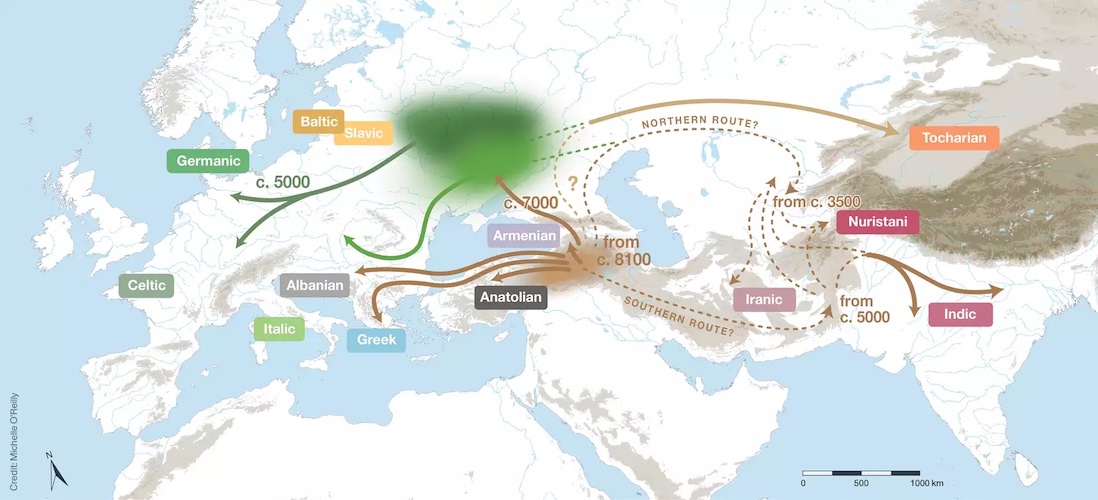Analysis suggests that a probable common ancestor of the Indo-European languages, comprising English and Sanskrit, may have been spoken around 8,100 years ago.

Scientists, including those from the Max Planck Institute for Evolutionary Anthropology in Germany, have declared that their research is a “significant breakthrough” in comprehending the beginnings of Indo-European languages, a debate that persisted for almost two hundred years.
Two theories have been proposed in order to explain the origins of the family of languages presently utilized by close to half of the world’s population.
The Steppe hypothesis suggests that the beginnings of this can be traced back to the Pontic-Caspian Steppe region approximately 6,000 years ago.
The “Anatolian” or “farming” hypothesis proposes that the origin of something is connected to the commencement of agriculture about 9,000 years ago.
However, prior research concerning the Indo-European language family has drawn differing results due to certain inaccuracies and inconsistencies within the data utilized.
In order to address these deficits, a collective of 80+ language experts from around the world compiled a corpus of core terms from 161 Indo-European languages, which encompass 52 ancient or historical languages.
A recent analysis, appearing in Science, investigated whether old written dialects, such as Classical Latin and Vedic Sanskrit, were the immediate forerunners of modern Romance and Indic tongues, respectively.
Researchers conducted an examination of the shared origins of the core lexicon in 100 current languages and 51 archaic languages.

It appears, according to the research, that the Indo-European language family has been in existence for 8,100 years and that by 7,000 years ago, five major branches had already been divided from it.
According to co-author Russell Gray, the chronology of the study remains strong when tested against various phylogenetic models and sensitivity analyses.
Dr Gray asserted that a combination of ancient DNA and language phylogenetics may provide the answer to the long-standing Indo-European enigma, which is a combination of the farming and Steppe hypotheses.
Based on the latest investigations, a hybrid hypothesis has been suggested for the inception of the Indo-European languages. It proposes a primary homeland south of the Caucasus and a secondary home on the Steppe, through which some of the Indo-European languages arrived in Europe with the migrations of the Yamnaya and Corded Ware people.
Paul Heggarty, a contributor to the study, stated that the most recent ancient DNA data points to the Anatolian branch of Indo-European originating from somewhere near the northern arc of the Fertile Crescent, rather than from the Steppe.
Dr. Heggarty suggested that the language family tree topology and lineage split dates point to other branches that likely spread from that area directly, not through the Steppe.



